
Section 35 of GST Act and GST Draft Payment Rules deal with payment of Tax under GST, the below check list will help you to understand the payment methodology and procedure to pay Tax under GST.
The procedure to pay Tax under GST is quite different from payment of tax under existing tax, as today there is no common portal type of system for Debit or Crediting Tax liability.
- Step-1: The Taxable person will upload on common portal detail of his outward supply (Sales Detail) by 10th of every month as per section 25 of GST Act
- Step-2: The supplier will upload on common portal detail of his Inward supply (Purchase Detail) by 15th of every month as per section 26 of GST Act
- Step-3: the GSTN network will cross check Inward supply detail with corresponding outward supply detail of seller and if find any mismatch , will communicate by mail for correction, as per section 29 and 29A of GST Act.
- Step-4: The Taxable Person will pay amount tax due and file Monthly Return under GST as per section-27 of GST Act.
The above steps are very easy to follow but before that it is important to understand what Taxable Person need to do for smooth payment of Tax under GST. Here is complete guide for you
| S. No. | Section 35 | Explanation |
| 1 | Every deposit made towards tax, interest, penalty, fee or any other amount, paid in cash, by a taxable person shall be credited to the electronic cash ledger of such person to be maintained in the manner as may be prescribed | The amount so paid by Taxable Person shall be maintained in FORM GST PMT-3 on common portal.
Crediting of above ledger means Deposit and Debiting means Payment. |
| 2 | The input tax credit as self-assessed in the return of a taxable person shall be credited to his electronic credit ledger to be maintained in the manner as may be prescribed | Here the Input tax credit as claimed by Taxable Person will be reflected. And this Credit detail shall be maintained in FORM GST PMT-2 on common portal. Debit- Decrease Credit- Increase |
| 3 | The amount available in the electronic cash ledger may be used for making any payment towards tax, interest, penalty, fees or any other amount payable under the provisions of the Act or the rules made there under in such manner and subject to such conditions and within such time as may be prescribed | Credit of Electronic Cash Ledger (ECL) as available in FORM GST PMT-3 may be used for payment of Tax, Interest, penalty , fees or any other liability.
The amount so used shall be debited to ECL |
| 4 | The amount available in the electronic credit ledger may be used for making any payment towards tax payable under the provisions of the Act or the rules made there under in such manner and subject to such conditions and within such time as may be prescribed. | Credit of Electronic Credit Ledger (ECrL) as available in FORM GST PMT-2 may be used only for payment of Tax. Interest, penalty , fees or any other liability may not be paid by Debiting this Ledger
The amount so used shall be debited to ECrL |
| 5(a) | The amount of input tax credit on account of IGST available in the electronic credit ledger shall first be utilized towards payment of IGST and the amount remaining, if any, may be utilized towards the payment of CGST and SGST, in that order | The Credit of IGST shall be first utilized for payment of IGST then CGST and then finally SGST. |
| 5(b) | The amount of input tax credit on account of CGST available in the electronic credit ledger shall first be utilized towards payment of CGST and the amount remaining, if any, may be utilized towards the payment of IGST | The Credit of CGST shall be first utilized for payment of CGST then IGST |
| 5(c) | The input tax credit on account of CGST shall not be utilized towards payment of SGST. | The credit of CGST and SGST may not be used against each other |
| 7 | All liabilities of a taxable person under this Act shall be recorded and maintained in an electronic register as may be prescribed | All liability shall be maintained in FORM GST PMT-1 on common portal. And liability shall be appeared as Debit to this ledger.
It has two parts. Part-1 comprises Return related liability like liability arises due to mismatch of Input Credit, Outward tax liability etc, and Part-II comprises other than Return related liability like liability on account of Order, proceeding etc |
| 8 | Every taxable person shall discharge his tax and other dues under this Act or the
rules made there under in the following order: (a) self-assessed tax, and other dues related to returns of previous tax periods; (b) self-assessed tax, and other dues related to return of current tax period; (c) any other amount payable under the Act or the rules made there under including the demand determined under section 51. |
Taxable person shall discharge his tax liability relates to previous month then current month and then finally others |
The methodology of payment under GST may be understood with help of few examples
Example-1
Let consider following details with respect to a Taxable Registered Dealer
Sales (Outward Supply) = Rs.1,00,00,000/-
GST @18%
Purchase (Inward Supply)= 70,00,000/-
GST @ 18@
Taxable person shall upload Outward supply detail then his Tax liability Register FORM GST PMT-1 shall be debited by Rs. 1800000/- (10000000*18/100) {return relates liability)
The Taxable person shall upload Inward Supply details then his Electronic Credit Ledger (FORM GST PMT-2) shall be credited by Rs.12,60000/- (7000000*18/100)
Now before filing of monthly Return (or within such time as may be prescribed by Govt. to pay Tax) taxable person will calculate his tax liability and pay accordingly.
Outward Tax liability= 18,00,000/-
Credit available = 12, 60000/-
Net Amount payable = 540000/- in cash (by way of Net-banking/Card/RTGS/NEFT)
(Considering the fact that there is no mismatch, If any mismatch comes in Input credit then amount payable shall be increased by that amount)
Example-2
Let consider following details with respect to a Taxable Registered Dealer
Sales (Outward Supply) = Rs.1,00,00,000/-
GST @18%
Purchase (Inward Supply)= 70,00,000/-
GST @ 18@
Available balance in Electronic Credit Ledger= Rs.2,00,000/- As appeared in FORM GST PMT-2)
Taxable person shall upload Outward supply detail then his Tax liability Register FORM GST PMT-1 shall be debited by Rs. 1800000/- (10000000*18/100) {return relates liability)
The Taxable person shall upload Inward Supply details then his Electronic Credit Ledger (FORM GST PMT-2) shall be credited by Rs.12,60000/- (7000000*18/100)
Now before filing of monthly Return (or within such time as may be prescribed by Govt. to pay Tax) taxable person will calculate his tax liability and pay
A. Outward Tax liability= 1800000/-
B. Credit available = 12, 60000/-
(A-B) Amount Payable = 540000/-
Interest payable = 50000/-
Electronic Credit Ledger amount may utilized for payment of Tax only so he utilizes Rs.200000/- for payment of Tax
Now Tax payable Rs.340000 (540000-200000) in cash
Interest Rs.50000/- is payable in cash
In cash (by way of Net-banking/Card/RTGS/NEFT)
(Considering the fact that there is no mismatch, If any mismatch comes in Input credit then amount payable shall be increased by that amount)
Now here is simple steps/procedure to pay tax in cash
Step-1: Calculate tax payable in cash
Step-2: Generate CPIN number in FORM GST PMT-4 on common portal by entering the detail of amount of Tax (CGST, IGST & SGST), Interest, fees, and Penalty etc payable.
a. Generated challan shall have 14 digit CPIN number (Common portal identification Number)
b. This challan shall be valid for 15 days from the date of generation)
c. Taxpayer can partially fill in the challan form and temporarily “save” the challan for completion at a later stage. A saved challan can be “edited” before finalization
d. Challan generated online may not be modified after submission
Step-3: Now make payment with reference to above challan (CPIN) by (Net-banking/Card/RTGS/NEFT) or any other mode as specified by Govt.
Step-4: After successfully payment of Tax, a CIN (Challan Identification Number – 17 digit — 14CPIN and 3 digit Bank Code) shall be generated, which is actual proof of Tax payment.
check the Steps to become GST Practitioner







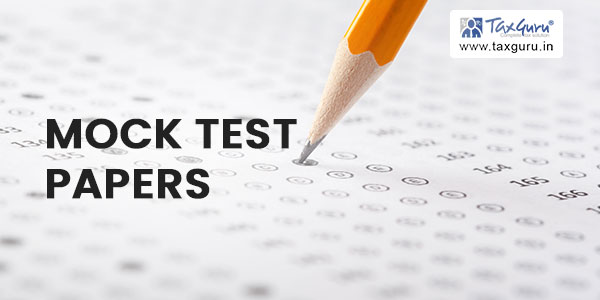



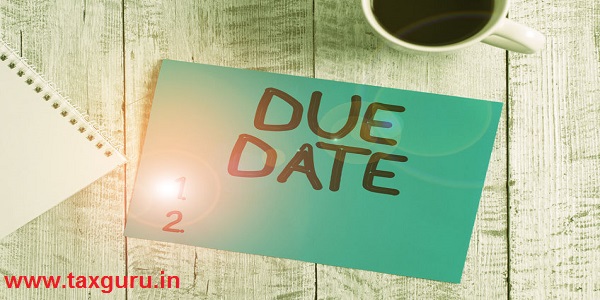



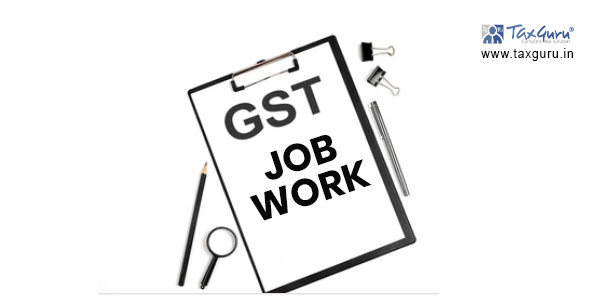

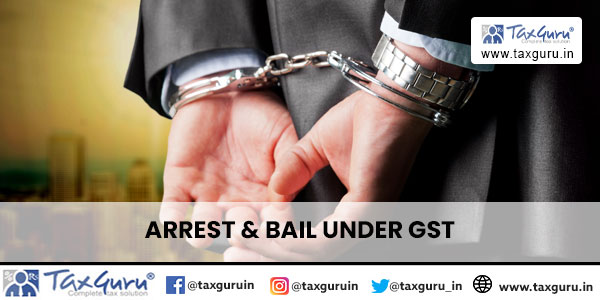
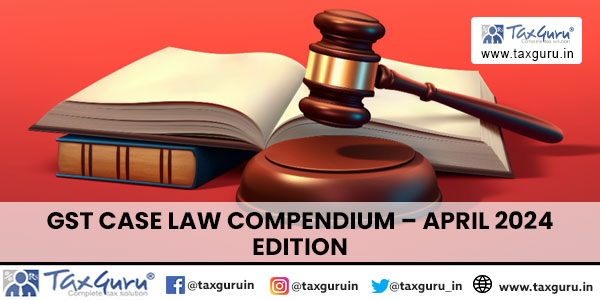

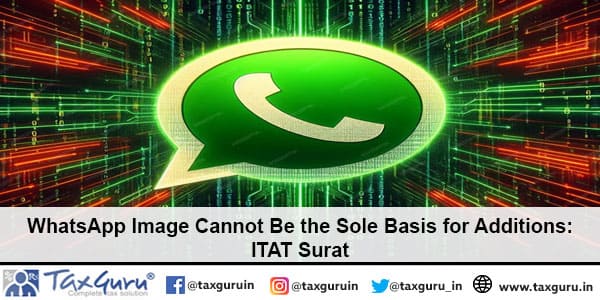
Very well explained. Thank you
Very good proposals.But the proposed GST rates are only6,12,18percent by the Govt.There are no 4and 8% slabs.
It appears that for a turnover of Rs. 10 Lacs, or Rs. 83,333/- per month one should hire a full time Accountant, a person with full knowledge of Computer operation alongwith Computer and Printer
maintain an Electronic Ledger etc. The GST to be paid by 10th. The input Tax credit details to be maintained.
With small traders/Halwais/shopkeepers, do you think it shall be possible?
Therefore, it is suggested that there should be no GST upto Rs. 50 Lacs turnover, 4% between 50 lacs to 1 crore turnover, 8% between 1 crore to 1.5 crore turnover, 12% between 1.5 crore to 2 crore turnover, and maximum 18% beyond 2 crore turn over. This will also be in line with the Income Tax, where return can be filed up to 2 crore turnover without maintaining Account Books under presumptive income.
Very Good explanation.
This is OK where there is. A supply and sale of goods. However, how is the accounting to be done when one is to pay tax on rental income. There is no supply or sales of goods.
Very good information, but interest how we it will be charged is not explained lucidly.